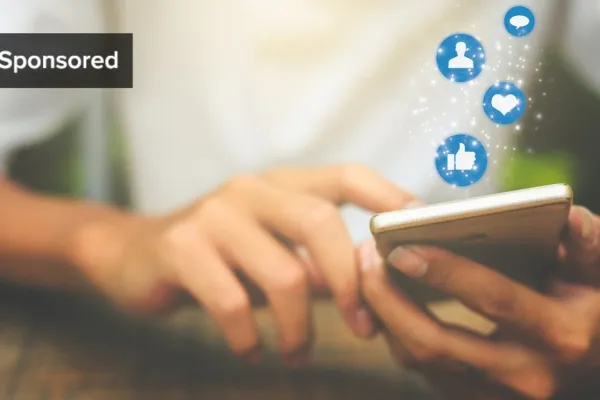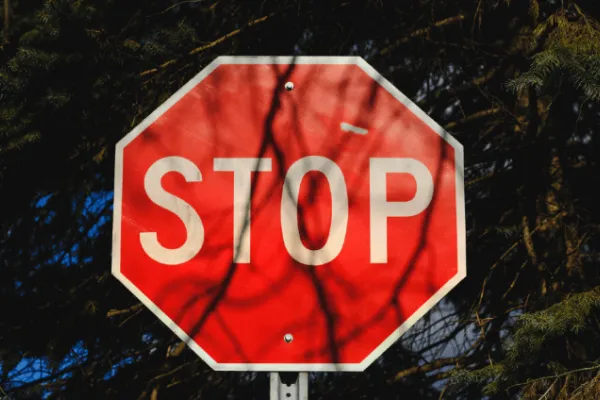
 Details
Details
This is a sponsored post by Bidtellect
Social networks are falling out of favor: Facebook recently took a record-breaking $120 billion stock hit as user growth rate halted for the first time in its history. It has remained low: even with shares down 20%, no bargain hunters have picked up stocks.
While slow growth, scandals, and an unfavorable view of Mark Zuckerberg (that water sip, anyone?) are likely the tangible drivers, the drop also points to a growing distrust of social media giants and their (perceived?) disregard of user privacy.
Instagram user growth is slowing, too (and let’s not forget Facebook owns Instagram). eMarketer projects only a 7.4% growth of Instagram users by 2021, as opposed to 44.6% in 2016.
RELATED: How Publishers Can Learn More About Users to Create Better Content
While this could indicate that yes, social media is becoming so mainstream/a given/omnipresent and we are finally “running out” of new users, it could also indicate user fatigue.
Inundated with friends, influencers, trends, memes – Instagram can be joyful, addicting, overwhelming, humorous – all at once. How does one discern quality from click bait?
Perhaps it’s no wonder 42% of users distrust ads on social networks according to a study by Nielson.
Soon nonsocial native will be the new social – the preferred choice by users and thus the strategy for marketers.
Native is ahead of the trend
Native Advertising – with its streamlined, content-first approach and unobtrusive placement on the page (ads are meant to be “native” to the page environment they live in) – offer the toned-down advertising approach users crave.
RELATED: 4 Classic Misconceptions About Native Advertising
While they exist on social media, yes, the native ads on sites and across the internet (the “nonsocial ecosystem,” as it were) are becoming more desirable.
Soon nonsocial native will be the new social – the preferred choice by users and thus the strategy for marketers. The spending trends will agree.
When users feel in control, they are more likely to respond to or engage with content or an ad.
Users like to feel in control
When users feel in control, they are more likely to respond to or engage with content or an ad.
The audience on the open web is already consuming content on desired sites and are open to discovering something new; sponsored content provides content of value to an audience that’s already engaged in an environment that’s effective for marketers.
RELATED: How to Take Your Native Ad Strategy Full-Funnel with 3 Specific Content Types
For instance, a web user taking a break from working to search for new workout gear for an upcoming hiking trip is browsing sites related to working out or hiking.
A native ad that offers content on top tips for hiking gear offers value to the user who will, in turn, likely click.
{{cta('ac92fbe3-99a6-402d-a86c-ecbba6b64afe')}}
It’s projected that 77% of all mobile display ad dollars will be spent on native placements
The nonsocial drivers: Amazon and mobile
While social media has played a major role in the growth of native advertising, the other two drivers are picking up steam as social slows: Mobile and Amazon.
Yes. The latter may surprise you, but Amazon is thinking big, and a report from eMarketer credited Amazon as playing a major role in the growth of native ads outside social media.
Their latest ad tool “rivals Google,” according to Bloomberg: merchants selling on Amazon’s online marketplace can purchase spots that will “follow” shoppers around the web to lure them back to Amazon to buy.
If you’re wondering why that happens to you already, that may be due to other retargeting platforms, like Criteo, who generated $2.3 billion in revenue last year with its re-targeting technology that lets companies track and serve ads to web shoppers that have shown interest in the past (Bloomberg).
RELATED: As the Shift to Mobile Continues, Look to Video to Drive Growth
Mobile is the other driver. Native advertising is even more likely to be mobile than it is to be social; more than 90% of native display dollars go to mobile placements, thanks to sites and apps designed specifically to include native ads, according to eMarketer.
And it’s projected that 77% of all mobile display ad dollars will be spent on native placements (also eMarketer).
eMarketer also estimates that non-social native will grow more than 80 percent in 2018 to $8.71 billion and projects that native will grow faster than the total US display market and reach roughly $33 billion this year.
Overall, mobile will account for 33.9% of all US ad spend in 2018 and is expected to grow to a whopping 47.9% by 2022, well-surpassing TV as the leading advertising medium (eMarketer).
Even with all of this spending and projections, there is still a $7 B gap in mobile ad spend, according to industry-standard Mary Meeker – so there’s only room to grow.
A consumer likes to feel he or she has an autonomous, individual taste and purchasing power.
What does it mean?
So, why. Well, a growing rumble of distrust of social media is taking shape, in conjunction with (or, perhaps, because of) consumers’ innate desire to feel in control of purchases and choice.
Regardless of the psychology behind trends and societal pushes, a consumer likes to feel he or she has an autonomous, individual taste and purchasing power.
Second, Facebook and Instagram have huge audiences, it’s true, but the aggregation of the entire internet is much wider, providing a bigger opportunity for scale (MarketingLand).
Finally, Mobile and Amazon are major drivers of the nonsocial native movement and are growing at the scale of a runaway train. Perhaps the social bubble may finally burst.
This is a sponsored post by Bidtellect



